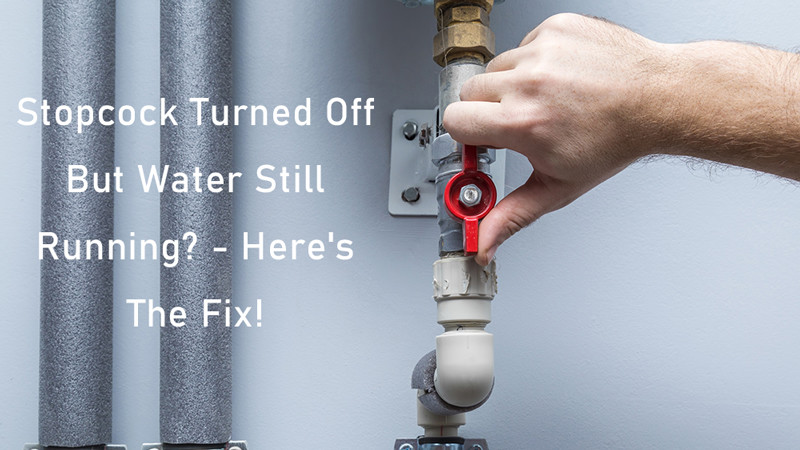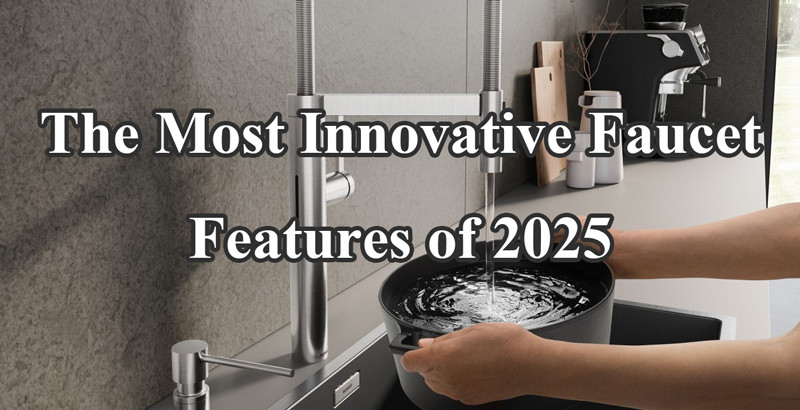
Discovering that your stopcock is turned off, yet water continues to flow, can be an immensely perplexing and frustrating predicament for any homeowner. The tranquility promised by a seemingly simple action—turning off the stopcock—is shattered as the persistent flow of water defies your efforts. In this comprehensive guide, we will embark on a detailed exploration of the intricacies of stopcock functionality, examining the myriad reasons why stopcock turned off but water still running. Furthermore, we will provide comprehensive solutions to empower you in troubleshooting and rectifying this confounding issue.
Understanding the Basics:
The stopcock, a critical component in any plumbing system, serves as the primary control for water flow through pipes. Its fundamental purpose is to isolate water supply to specific areas of your home, allowing for maintenance, repairs, or emergency situations.
Common Reasons for Stopcock Turned Off But Water Still Running

Faulty Stopcock
One of the most straightforward explanations for water leakage despite the stopcock being turned off is a defective valve. Over time, these valves can wear out, develop leaks, or sustain damage, compromising their ability to create a watertight seal.
Solution: The most effective solution is to replace the faulty stopcock with a new one. This might involve shutting off the main water supply to your home before undertaking the replacement. Before starting the replacement process, it’s crucial to ensure that you have the correct replacement part. Consult with a plumbing professional or your local hardware store for guidance on the right one for your plumbing system.
Buildup of Sediment or Debris
Accumulation of sediment or debris within the stopcock can impede its proper functioning. The buildup can prevent the valve from closing fully, allowing water to seep through even when in the closed position.
Solution: To address this issue, disassemble the stopcock and meticulously clean out any sediment or debris. Ensure all internal components are in good condition before reassembling. Take the time to inspect the entire plumbing system for any signs of debris or sediment buildup. This preventative maintenance can help avoid similar issues in the future. Consider installing a sediment filter in your water supply line to trap particles before they reach the stopcock.
High Water Pressure
Excessive water pressure can exert force on the stopcock, making it challenging for the valve to remain in the closed position. This increased pressure can lead to water seepage despite the stopcock being turned off.
Solution: Installing a pressure-reducing valve is recommended if your water pressure exceeds the recommended levels. This proactive measure will alleviate strain on the stopcock, ensuring its longevity and proper functionality. Additionally, regularly check your water pressure using a pressure gauge to catch any sudden spikes. Monitoring and maintaining the appropriate water pressure can significantly extend the life of your plumbing system.
Worn-out Washer or Seal
Within the stopcock, washers or seals create a watertight seal when the valve is closed. Over time, these components can wear out or become damaged, compromising the integrity of the seal.
Solution: Replace the worn-out washers or seals. This is a relatively straightforward fix that can be done without replacing the entire stopcock. When conducting this repair, consider using high-quality replacement parts to ensure a durable and long-lasting seal. Regularly inspect and replace these components as part of your routine plumbing maintenance to prevent similar issues in the future.
Corroded Pipes
Corrosion in the pipes connected to the stopcock can compromise its effectiveness. Rust or other forms of corrosion can create openings, allowing water to escape.
Solution: Thoroughly inspect the pipes for corrosion and replace any sections showing signs of deterioration. Proper sealing is crucial when connecting new pipes to ensure a watertight system. Consider replacing older pipes with corrosion-resistant materials to enhance the overall durability of your plumbing system. Regularly check for signs of corrosion, especially in areas prone to high humidity, and address any issues promptly to prevent extensive damage.
Incorrect Installation
If it was not installed correctly, it may not function as intended. Misalignment of internal components or improper sealing could be the root cause.
Solution: Consult a professional plumber to assess the installation and make any necessary adjustments. Proper alignment and sealing are crucial for the stopcock to work efficiently. Investing in professional installation not only ensures proper functionality but also provides you with peace of mind. Consider having a certified plumber inspect your entire plumbing system periodically to catch and rectify any installation issues or potential problems before they escalate.
Conclusion:
Encountering water flow despite a closed stopcock can be a perplexing situation, but with a systematic approach to diagnosis and the implementation of appropriate solutions, you can effectively resolve the issue. Whether it’s a faulty stopcock, sediment buildup, high water pressure, worn-out components, corroded pipes, or incorrect installation, the key is to address the problem methodically.
In instances where the troubleshooting process seems complex or the issue persists, seeking the expertise of a professional plumber is always a prudent choice. A timely and accurate intervention will not only resolve the immediate problem but also contribute to the longevity and efficiency of your plumbing system, providing peace of mind for years to come. Regular maintenance, proactive measures, and a thorough understanding of your plumbing system are essential elements in ensuring its optimal performance and longevity.
 WOWOW Faucets
WOWOW Faucets





您好!Please sign in